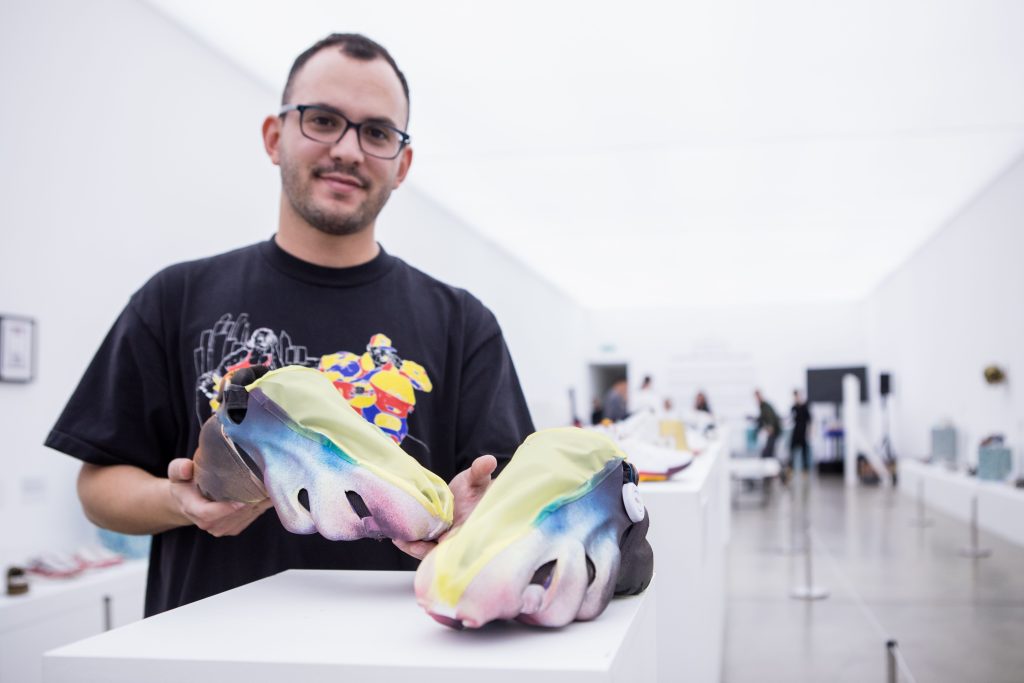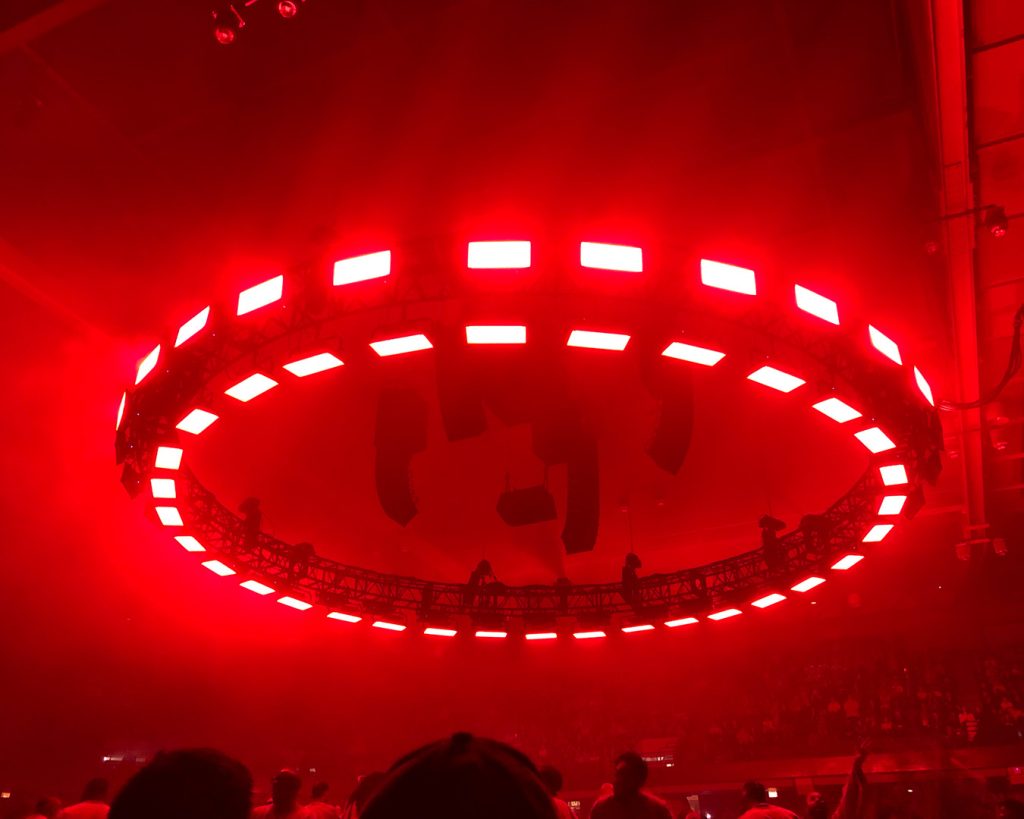As sneakers have become the popular choice for everyday footwear, the industry continues to embrace the trend by focusing on lifestyle aesthetics. We talked to footwear maker and designer Cesar Idrobo about understanding the aesthetics of footwear, working with Ye and cultivating competition in the industry.
Hey Cesar, how about a little introduction?

How did you get into designing footwear?
Even though I started my academic studies in industrial design in 2008 at SCAD, I didn’t start my footwear master’s program until 2014 when I came back to school. I learned in an interesting order because I first learned how to make shoes, then I started designing. Once I completed my master’s, I went on to do a six-month apprenticeship with master shoemaker Marcell Mrsan. After that, I landed my first full-time job as a footwear developer for adidas YEEZY.

You are probably best known for your work at YEEZY. What was it like working with Ye?
One of the highlights of my career so far! This is a once in a lifetime and once in history opportunity that I feel special to be a part of. I accomplished things that I never thought would be possible. After spending nearly five years working on the future of footwear with Ye and Steven Smith, I don’t look at shoes the same way anymore. It was a transformative experience that changed my perception of what shoes are and what they could become. Now, I’m taking away that approach, but giving it my own twist.


Before working at YEEZY, you did a lot of industrial design work with several other companies. What have you taken away from these experiences and how do they translate to footwear design?
I took away several skill sets and the ability to articulate my ideas in ways that make sense to the person I’m communicating with. The way I talk to a designer is very different to the way I talk to someone in a sample room. Skills ranging from designing presentations to operating machinery have come in handy in different moments throughout my footwear journey. Having a formal academic preparation in industrial design has helped me understand the manufacturing processes and perceive shape/form through a different lens. At the end of the day, the ability to understand aesthetics has helped me for the most part accomplish the milestones in my footwear career.
You also work as a freelance consultant, advising other companies on footwear design. What kind of trends do you see and how do you keep innovating in the footwear industry?
I see a lot of small to medium sized brands wanting to have a stake in the footwear market, which is good! I like competition in the market. So my job as a consultant has been to advise them on creating a road map and how to go about it based on their goals, budget, timelines, etc. It’s easier for me now than ever to make shoes happen here in the US.
Regarding innovation in the footwear industry, it comes down to the manipulation of manufacturing processes. Once you can make new ideas manufacturable, the rest should be history. I don’t like when new ideas or new designs cost more than they should. Part of innovation and not consumerism is how we make better products, at a fair price and look like they belong in a movie.

Where do you think the footwear industry is destined to go next?
I think it is destined to come to a neighborhood near you. Our relationships with products are going to evolve due to the disrupting shift in manufacturing overseas. This is making brands reevaluate the kind of products they are making, where they are being made and how do you make them accessible to everyone. Just like society transitioned from horse carriages to cars and highways, now we have to start thinking about what that transition might look like in the footwear industry. Maybe factories now are the new retailers, who knows? Throughout history, every time there has been an advancement in the industry, simplification and subtraction are the most common denominators. So, if we follow that pattern, we could potentially see socks becoming shoes.
